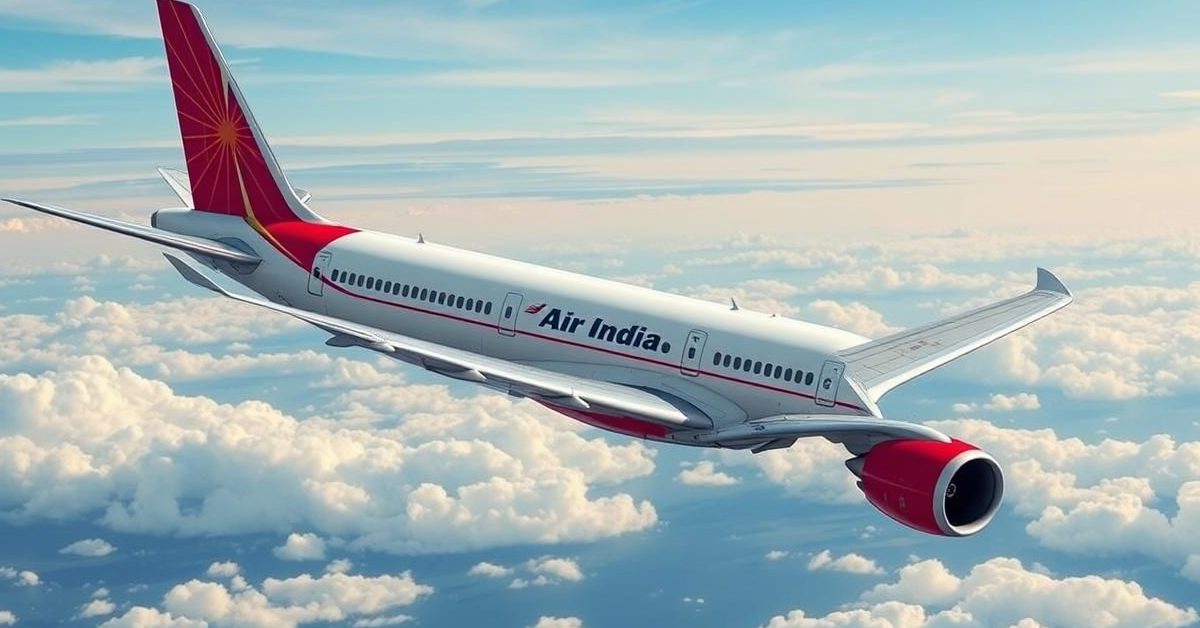The recent Air India flight AI 171 incident has reignited a long-standing global debate: should commercial aircraft be equipped with a “third black box” – a cockpit video recorder?
The Air India Incident Sparks Debate
Speculation is rife about what caused the Air India flight AI 171 to crash, with theories ranging from pilot error to mechanical failure. While the investigation is still ongoing, this uncertainty has brought an old discussion back into the spotlight.
Willie Walsh, Director General of the International Air Transport Association (IATA), recently suggested that a cockpit video recorder would “significantly assist investigators” in understanding such incidents. He believes there’s a strong case for their inclusion, especially given the Air India scenario.
A preliminary report on the Air India crash indicated that both engines’ fuel control switches transitioned from ‘RUN’ to ‘CUTOFF’ just after lift-off. Intriguingly, the cockpit voice recorder captured one pilot questioning the fuel cutoff, with the other denying the action.
This report, which many feel subtly points towards human action, highlights the critical question: was it pilot action or a technical issue? A cockpit video recording would offer definitive visual evidence, resolving such ambiguities instantly.
Why Investigators Want Cockpit Cameras
For over two decades, air accident investigators have pushed for cockpit video recorders. The US National Transportation Safety Board (NTSB) first cited the need for video in 1989, officially recommending it in 2000.
They argue that while flight data recorders show *what* the aircraft did, and voice recorders capture *what was said*, neither fully explains *why* events unfolded. Visuals could reveal critical pilot actions, instrument readings, and physical reactions not discernible otherwise.
For instance, the controversial 1999 EgyptAir Flight 990 crash, where conflicting theories persist, might have been definitively explained with video. Ken Smart, former head of the UK’s Air Accident Investigation Branch, noted in 2004 that cockpit video would be essential in nearly all accident probes.
Modern technology no longer poses a barrier; cockpit video recorders are already used in other aircraft types like police helicopters and test planes. A recent Australian helicopter crash investigation successfully used video to determine pilot negligence, showing the pilot distracted by a mobile phone and food.
Pilot Opposition and Privacy Concerns
Despite the potential safety benefits, influential pilot unions worldwide have strongly resisted the mandate for cockpit video recorders. Their primary concern is privacy.
Pilots argue that the cockpit is a high-pressure, specialized workspace, not a typical office. They worry about footage capturing stressful moments, expressions of fear, or private conversations. Furthermore, they fear the misuse of such sensitive data.
The International Federation of Air Line Pilots’ Associations (IFALPA) voiced concerns about image data being leaked, potentially affecting safety investigations and causing distress to victims’ families. They cite instances where cockpit voice recordings have been leaked, causing significant anguish.
There are also fears that video footage could be used to unfairly blame pilots, be misinterpreted, or weaponized in legal proceedings. Pilots suggest focusing on improving existing flight data recorder technology for better understanding.
The NTSB, acknowledging privacy issues, maintains that public safety must take precedence. They propose that if cockpit video recordings receive the same strong legal protections as voice recordings, pilot concerns might be alleviated. However, the FAA currently only encourages voluntary use, recognizing the privacy implications.
- The Air India crash has reignited the debate for cockpit video recorders.
- Investigators believe video would provide crucial context missing from current ‘black boxes’.
- Pilot unions strongly oppose cameras citing privacy concerns and potential misuse of footage.
- Technology for cockpit video recorders is readily available and used in other aircraft.
- The core conflict remains safety benefits versus pilot privacy and data security.
As aviation safety continues to evolve, the discussion around cockpit video recorders highlights the ongoing tension between enhanced investigative capabilities and the privacy rights of flight crews.














